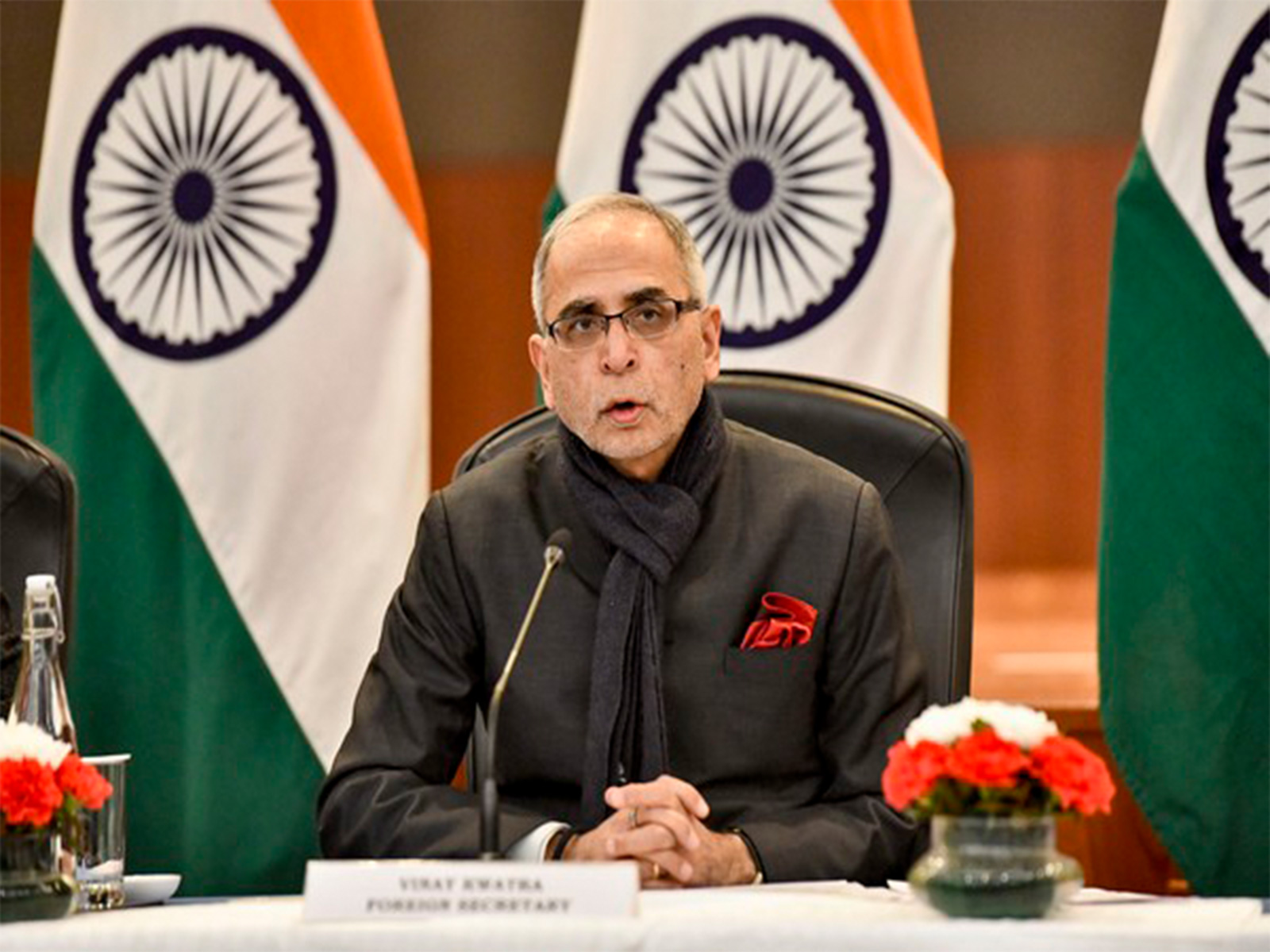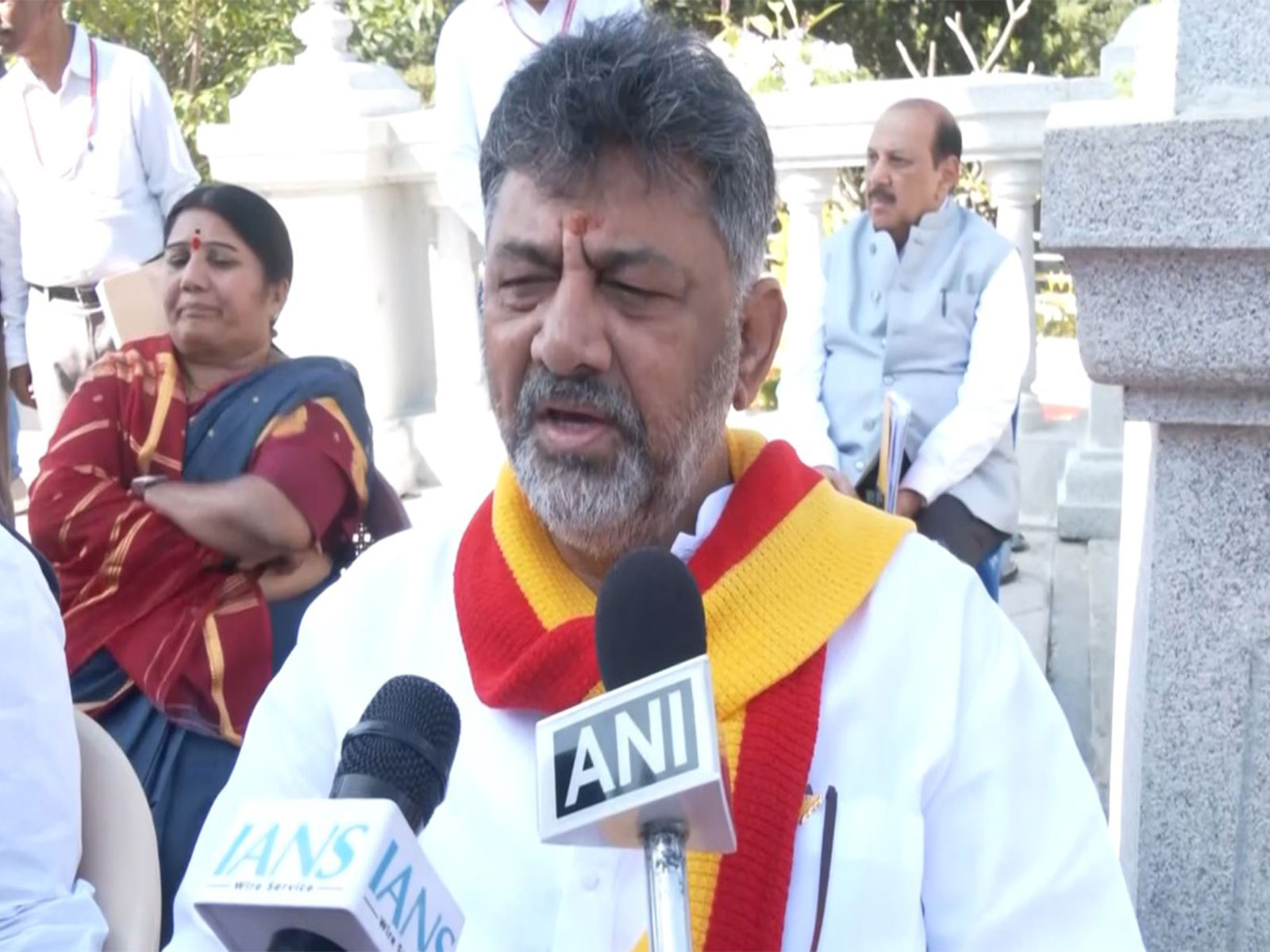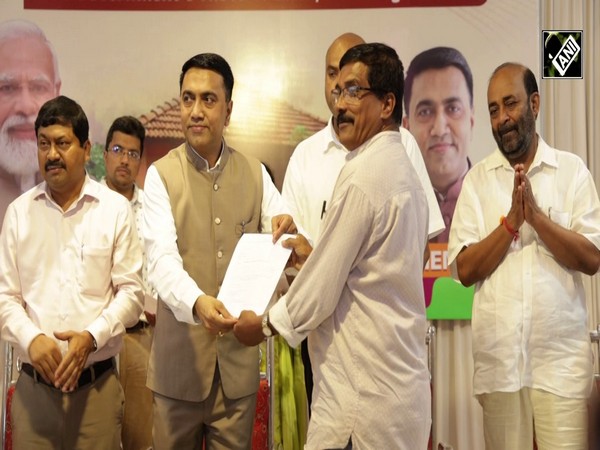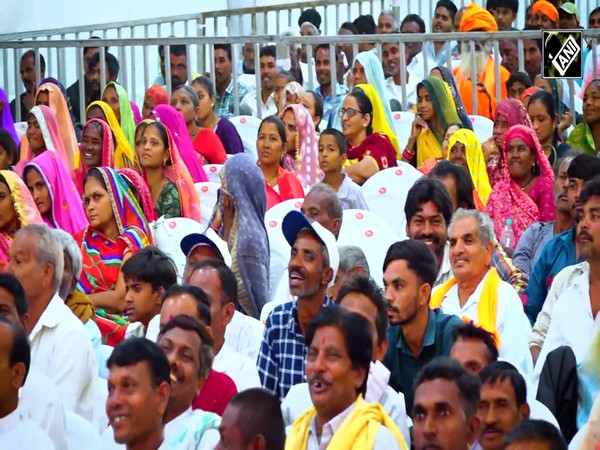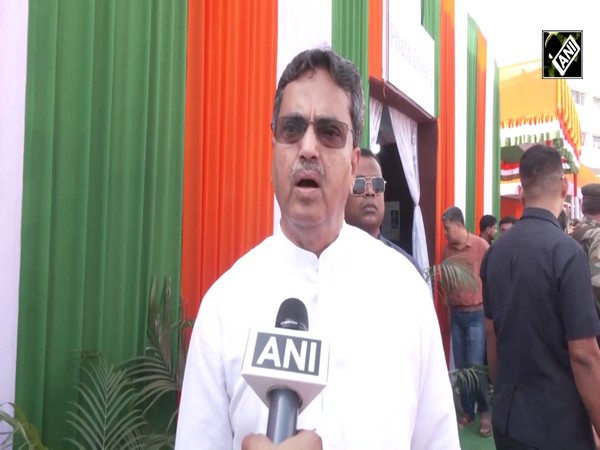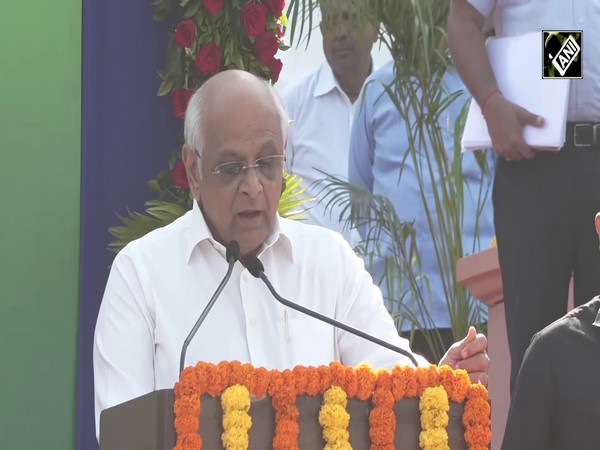People observe Rato Macchindranath festival in original form after 2 years
May 04, 2022

Lalitpur [Nepal], May 4 : The festivities returned in the alleys of Lalitpur as the district echoed with the sounds of traditional musical instruments amid the chariot procession of the Rato Macchindranath festival in its original form after two years.
People felt elated to celebrate the festival, as the "Red God" seated in a 32-foot tall chariot started touring the ancient city.
Also called "BungaDugh" in Newari, meaning the God of Rain and harvest, the Rato Macchindranath chariot festival started on April 30, this year with the ascension of the rain god on the chariot. It is the longest Jatra in Nepal which continues for months depending on the position of the stars.
The procession which runs for over a month witnesses a 32-foot high chariot which is constructed annually by the Newar community using wooden beams, and thumped adjustments to the shrine sanctum, without using a single nail.
For the past two years, the people could not observe the festival in its original form due to the COVID-19 pandemic, as the condition eased the district is observing the festival with fanfare.
"Due to the COVID contagion, this festival had to be observed in muted mode but now we are observing it with fanfare and gaiety. It is one of the processions that enthral me," said Sabita Baniya, one of the revellers who came to the procession told ANI.
She added that people are elated this year to celebrate the festival in its original form.
"Hollowness existed in past two years when there was no procession, felt like the god also was upset and unhappy, the whole nation indeed was crying and was in pain. But this year everyone is happy and joyful. The happiness is back," added Baniya.
Chariot procession of Rato Macchendranath always starts by end of April or early May, but the world health pandemic of Coronavirus pushed back the procession multiple times in earlier years. In 2020, the area where the chariot was constructed also turned out to be a battleground as revellers tried to pull the chariot.
"It hasn't impacted us not a bit also, it was good that they stopped the celebration in wake of the pandemic which is positive in some way but they (authorities) had allowed the Jatra to commence in other districts and stopped here, this gave negative signals," Ratna Kaji Maharjan, another reveller told ANI.
Observed in the ancient town of Lalitpur, the tall chariot goes round the city after 4 days of the ascension of God. After spending 4 days on the roadside constructed chariot, it is pulled to Ga: Bahaland and is rested for one day. After that, it is pulled onto Sundharaand Mangalbazar where it is kept on for one day each.
Then after it is pulled on further to Lagankhel where it is kept for one day. During that time, a day has been separated for women-only to pull on the chariot and take it to E: thihaand then making astronomical calculations it is pulled onto Jawalakhel.
It might take more days as the priests have to look at the auspicious times. Sometimes it is holed up there for 10-15 days or even one month or more. After driving it to Jawalakhel and marking on the 'BhotoJatra' attended by the head-of-state and then the lord is taken back to Bungmati (an ancient historical town of Lalitpur) and the chariot is dismantled.
According to the lunar calendar, the longest chariot festival of Nepal begins on the 4th day of the bright fortnight of Bachhala, the seventh month in the lunar Nepal Sambat calendar but this year it didn't fall as per the set-out rule.
One of the popular legends states that once Guru Gorakhnath came to the city of Patanand but wasn't acknowledged by people living there. As the commoners didn't offer him food and ignored him, Guru Gorakhnath captured all the serpents and held them captive. As the "Naags" or serpents responsible for the precipitation were held captive by Guru Gorakhnath, Patan experienced a drought.
Advisors of the then, king of Patan Narendra Dev were asked to bring the teacher of Gorakhnath, Lord Macchendranath from Assam. Hearing about the teacher's presence in the town, Guru Gorakhnath stood up from his seat letting the serpents loose which brought in the rain to the city ending the drought.
Adoring Rato Macchendranath for his feat, the locals of Patan started a chariot procession in the city in 897 AD. It is held annually and taken around the city reminding people about his deeds.
Chariot procession of Rato Macchendranath earlier was stalled due to the earthquake of 2015 which went on for nearly half a year and the Corona pandemic this year also had invited a similar kind of situation. But with the ascension of Lord Macchendranath on Chariot, it is expected to go ahead amid the corona scare.
There is a belief that residents of Bhaktapur can pull on the chariot to their place and keep the god for 6 months if the procession fails to take place before Dashain, the major fortnight festival observed in Nepal during the month of October.


